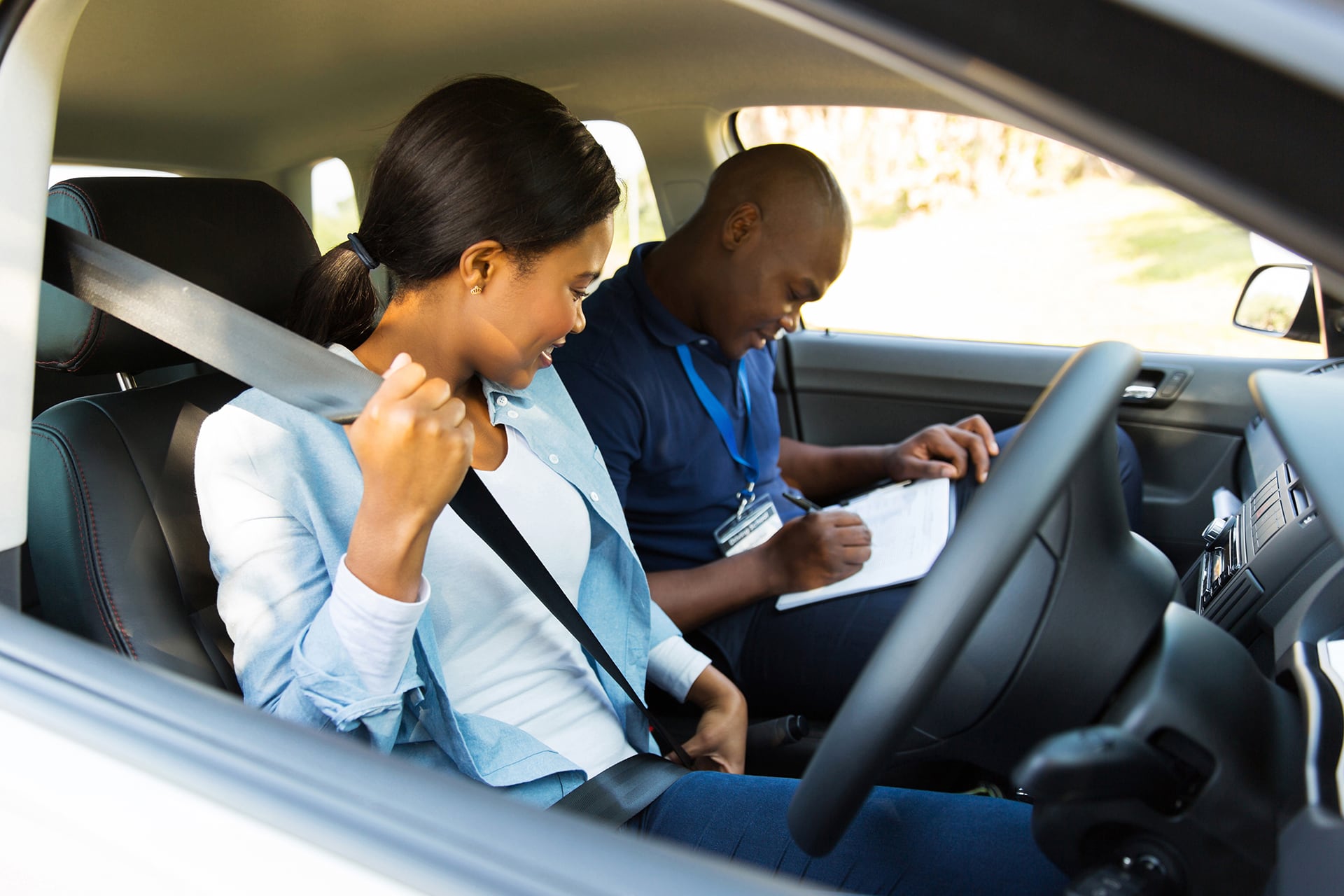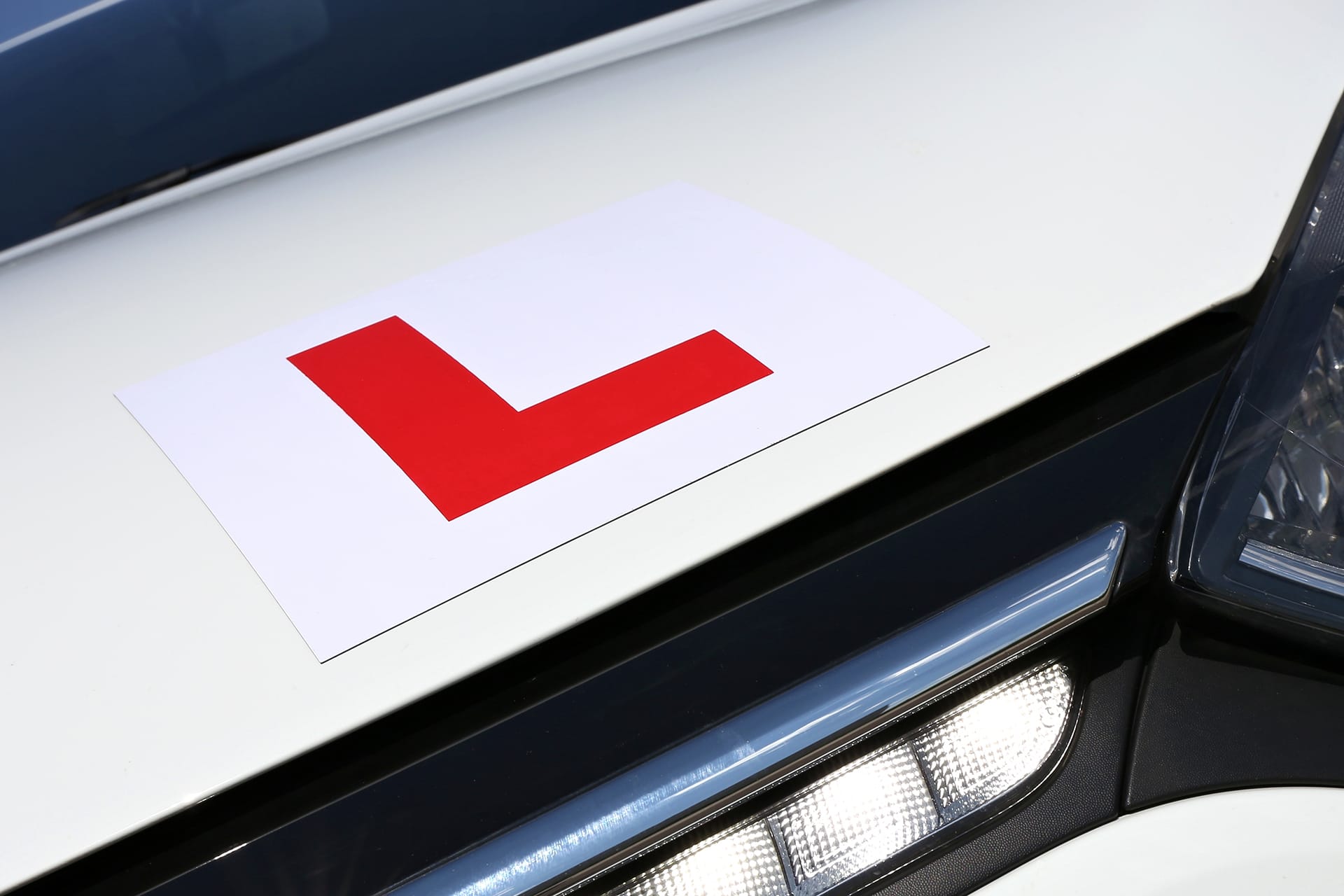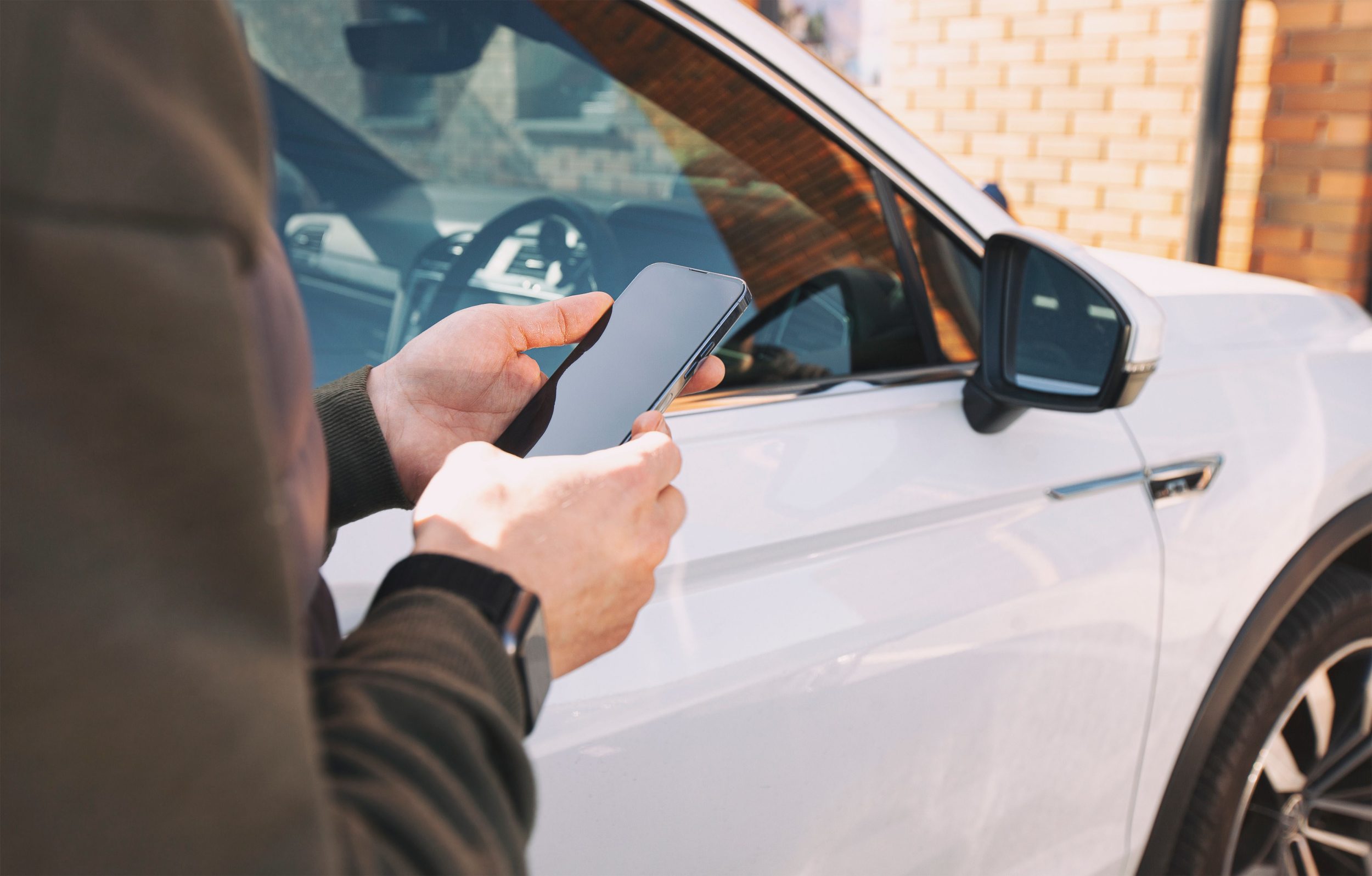Navigating the process of getting a licence in the UK can seem daunting, but understanding each step can help to ease your journey. With an average of 1.5 million driving tests being taken each year, you’re not in this alone!
The UK driving test is comprised of both a theory and a practical test, each designed to ensure new drivers have the knowledge and skills needed to drive safely on UK roads. In this comprehensive guide, we’ll explain everything you need to know about the UK driving test and what you need to do to pass.
What is the theory test?
The UK theory driving test is the first hurdle on your way to getting a driving licence. It’s designed to assess your understanding of the rules of the road and your ability to identify potential hazards on the roads.
The UK theory test consists of two parts:
For the first part of the test, you’ll get 57 minutes to answer 50 multiple choice questions. The questions will be about a short video showing a normal driving situation, such as driving through a town centre or on a country road. You are able to watch the video as many times as you like and can flag questions that you want to come back to later. To pass this part of the test, you need to answer at least 43 out of the 50 questions correctly.
The second part of the test is based around hazard perception and tests your ability to spot hazards in real-time scenarios. You’ll be shown 14 video clips which feature everyday road scenes, each containing at least one ‘developing hazard’. You get points for spotting the hazards as soon as they start to happen, earning up to 5 points for each developing hazard. With this part of the test you will only get one attempt at each clip and you cannot review or change your responses, but you will not lose points if you click and get it wrong. To pass this part of the test, you need to score at least 44 out of 75.
When can you take your theory driving test in the UK?
You can take your driving theory test as soon as you turn 17; however, you must first obtain a provisional driving licence. You can apply for a provisional licence when you’re 15 years and 9 months old. The provisional licence is a must-have before booking your theory test and allows you to start your driving lessons on the road.
It’s important to remember that you’ll need to book and pass your practical driving test within two years of completing your theory test, otherwise you’ll have to take and pass your theory test again.
What’s involved in the UK practical driving test?
The practical driving test assesses your driving skills in a real-world environment. The test lasts approximately 40 minutes, and you will be accompanied by a driving examiner who will evaluate your ability to drive safely and confidently.
The UK practical driving test is the same for both manual and automatic cars, and consists of 5 parts:
- An eyesight check
- ‘Show me, tell me’ questions
- Driving test manoeuvres
- Independent driving
- General driving ability
Eyesight test
This is the very first part of the practical driving test. Your examiner will ask you to read a car number plate from a distance of 20 metres. Failing this simple test means an automatic fail and your practical test won’t continue any further.
‘Show me, tell me’ questions
Before you start driving, you’ll be asked two vehicle safety questions – one ‘show me’ and one ‘tell me’ question. The ‘show me’ question will require you to demonstrate how you’d carry out a safety task, such as showing how to wash the windscreen using the car controls. The ‘tell me question asked you to explain how you would carry out a safety check, for example explaining how you would check that the engine has sufficient oil.
Driving test manoeuvres
There are 3 types of manoeuvres that your examiner will choose from on the day of your test, but you will only be asked to carry out one of them for your test. These include:
- Parallel park at the side of the road
- Park in a parking bay – either by driving in and reversing out, or by reversing in and driving out
- Pull up on the right-hand side of the road, reverse around 2 car lengths and re-join traffic
@dayinsure How to forward bay park like a pro 👏🏼 #drivingtest #parking #learnerdriver #baypark #forwardbayparking #driving
Independent driving
For about 20 minutes of the driving test, you’ll be asked to drive independently, by following either directions from a sat nav or traffic signs. Your examiner will tell you which you need to follow. This part of the test assesses your ability to drive without turn-by-turn instructions.
Driving ability
During the test, you’ll be assessed on your overall driving ability, including how you handle different road and traffic conditions. You’ll drive on various types of roads, including dual carriageways, through town centres and on rural roads, but you won’t be asked to drive on a motorway. This part of the test ensures you can drive safely in various situations.
Where can you take your practical test?
Practical driving tests are conducted at driving test centres all around the UK. You can book your test online through the official government website or by phone. It’s advisable to choose a test centre that is local to you so that you will be driving on more familiar roads during your test.
When can you take your practical driving test?
You can take your practical driving test once you’ve passed your theory test and are at least 17 years old. On average, learners need around 45 hours of driving lessons with a driving instructor, plus 22 hours of private practice, before they are ready for the practical test. This can vary depending on individual circumstances.
What do you need to pass your driving test in the UK?
To pass the practical driving test in the UK, you need to demonstrate a high level of driving skill and safety whilst operating your vehicle. You’re allowed up to 15 minor faults (driving faults), but no major faults (serious or dangerous faults). A major fault would mean an immediate fail as it indicates a significant lapse in driving safety or control.
What happens if you fail your driving test?
If you fail your driving test, don’t be discouraged. You can rebook and take the driving test as many times as necessary. There is no limit on the number of times you can take the test. It’s a good idea to take additional lessons to address any areas of weakness before retaking the test. Around 50% of people pass their driving test on their first attempt.
Take a look at our latest learner driver pass rates report to see what elements can contribute to a driver passing or failing their driving test.
Maximise your practice with temporary learner driver insurance from Dayinsure
Getting plenty of practice in is crucial to passing your driving test. With the DVSA recommending at least 22 hours of private practice, Dayinsure’s temporary learner driver insurance is the perfect way to tick off those hours. Dayinsure’s flexible, affordable cover is fully comprehensive, giving you peace of mind whilst you’re out on the roads. Find out more about our learner insurance here and get a quote today



